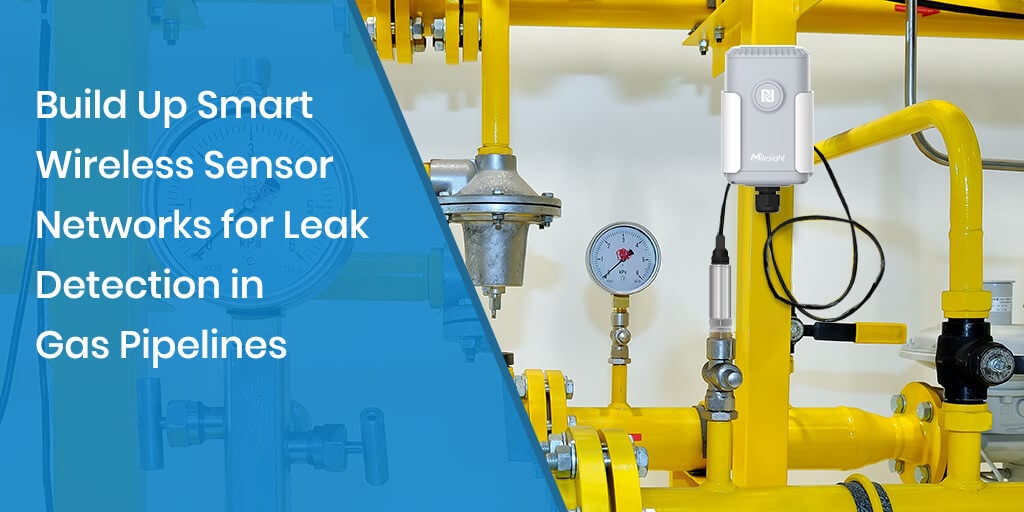Along with the development of economic and social modernization, people have to pursue higher living standards that heavily rely on the construction of various infrastructures. Pipe links are vital for a nation’s infrastructure and social well-being, which is becoming especially critical for gas utility owners who face new challenges due to an aging network. As the main carrier of gas transmission, gas pipe always have extremely strict requirements on the pipe tightness. An explosion accident happens rapidly when gas leaks come into contact with a source of heat. For this reason, timely monitoring of leakage in a gas pipe is mandatory to prevent potential hazards. In recent years, wireless sensor network systems have widely been used to monitor infrastructure health including leak detection. In this blog, we implement a gas pipe pressure monitoring system in LoRaWAN® wireless sensor network.
 Challenges
Challenges
Currently, there are three popular detection methods for gas pipe monitoring: fiber detection, negative pressure wave detection, and infrasonic wave detection.
- The fiber is very sensitive to temperature changes and can accurately detect the leaks. But it has extremely high requirements on the quality of the fiber, and the fiber must be buried very close to the pipe, so it’s difficult to carry on in the real application world.
- The negative pressure wave method has a low cost and is the most widely used technology. However, it has very limited applications and can not be used in the gas pipe.
- The infrasonic wave method can collect the signal when leakage results in pipe vibration. But its promotion has been hindered by the high cost.
Solution
The system incorporates pressure sensors, a gateway with the cellular module, and Milesight Cloud for data acquisition, processing, communication, and analysis, to be used for the detection of leaks in gas pipes, no matter it’s natural or man-made.
The LoRaWAN® pipe pressure sensor EM500-PP can carry on the real-time monitoring of the pressure variations in the gas pipe against leaks. Its measurement range covers from 0 to 1600 kPa.
The objective of the implemented wireless sensor network is to provide more efficient gas pressure and leakage management so that the sustainability of gas services can be ensured. In the field, pipes are buried underground, and the measured data of pipe pressure is transmitted from the buried probe to the EM500-PP body device physically through a cable and finally to the remote monitoring center over LoRaWAN® networks.

The relationship between gas leaks and pressure variations is what looks like pressure drop is associated with the leak. And the wider the size of the leak, the more drops in pressure can be observed. Whenever the monitored pressure falls below a minimum set pressure point or above a maximum point, you will get the alarm by email and mobile push quickly. The pressure data is converted, processed, and transmitted as radio waves in the LoRaWAN® network and finally processed, received as the readable and understandable numbers at the monitor or control center.
Featured Products
Benefits
This system combines the advantages of high positioning accuracy, wide application range, and small sensor size.
1.Wireless technology for efficient deploymentThe wireless sensor network has the advantages of low power consumption, easy networking, and high accuracy.
2.The redundancy for continuous monitoring
The system has a degree of redundancy as individual faulty nodes do not influence the whole system operation and allow for continuous monitoring without operator intervention.
3.The low power consumption for long-term runningUltra-low-power smart wireless LoRaWAN® sensor networks allow them to keep operational for a long time without maintenance.









